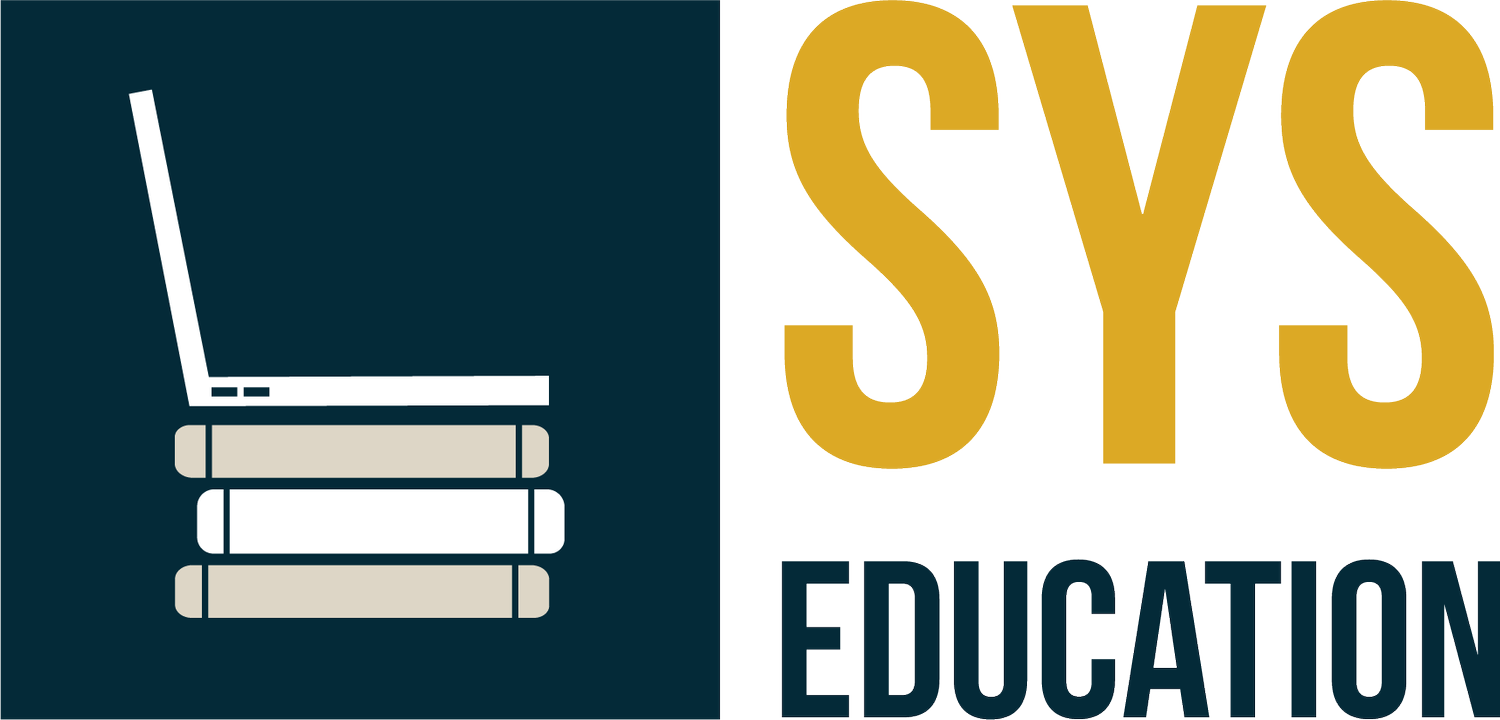It’s Coming From Inside the House: How to Begin In-House Development
By Nick Wolf
With clean data and your chosen integrator, you now have the capability of doing your own in-house development! Building upon the tools provided to you by your integrator, be it Clever, Classlink, or OneRoster, identify areas of small improvement in workflow that could be automated, look at the knowledge and bandwidth available to you within your team, and develop a plan to make that improvement happen.
Start by making a list of small, manageable process tweaks or functionality changes that would make a noticeable difference in your workload, while still being achievable. This could be something as simple as using SIS data to automatically email new student credentials to their parents or homeroom teachers, or, in a virtual environment, automate device and curriculum shipping. We recommend finding some small task that someone on your team, or someone you interact with frequently like a school’s Office Manager, does on a daily basis, and find a solution that would take it off their plate.
Once you have your goal in mind, take stock of the knowledge of your team, know what’s possible with their knowledge, or what kind of additional support they would need to get that knowledge. Most school IT departments have a wide range of skills, often unused on a daily basis, but when pointed in the direction of a new problem, can solve most issues. If your team doesn’t have the required skill set, do some research into what would be required to achieve your goal, and identify staff members interested in doing some professional development in that area. The students aren’t the only people in the district who should be learning, and often the IT professionals are left out of staff PD plans. Something as simple as a free python tutorial can open a range of doors previously locked, and will have long term benefits to your team’s productivity.
Once you have your goal and resources figured out, develop a scope for the project. Define measurable, achievable goals based on the resources available to your team, and set a series of deadlines. SYS are firm believers in the SMART goal process, which stands for Specific, Measurable, Achievable, Relevant, and Time-Bound. By developing goals that meet that criteria, you are able to identify points of failure quickly and react to necessary changes in real time. Let’s look briefly at each of the SMART components.
Specific: What needs to be accomplished, by whom, and what steps need to be taken to achieve it?
Measurable: How many person-hours are saved by these changes, and what are the measurable, trackable benchmarks along the way?
Achievable: Given your resources, is the goal realistically achievable?
Relevant: Why is the goal you’re setting? How does it help you solve the problem?
Time-bound: When will the team start developing, and when is it expected to finish? Is there a hard deadline?
Start with the smallest possible project, and iterate on it until you’ve gotten a product you can use daily. Using that as a stepping stone, take stock of what you’ve accomplished, what you can improve on, and make adjustments to your process for the next iteration of development. From a completed project, another five additional projects or enhancements might present themselves, and the tools in your toolkit will have grown. By taking that first step towards in-house development, you have opened the door to a wide range of opportunities, and most likely saved some room in your budget for a celebratory pizza party.

